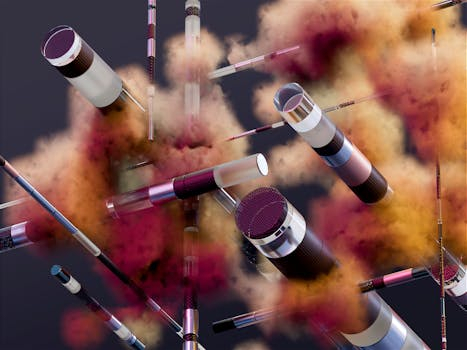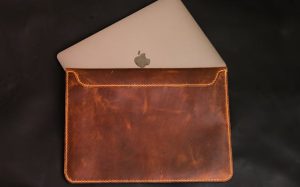Tech Meets Fashion: AI-Driven Production and 3D-Printed Garments
Technology has fundamentally changed the fashion industry in recent years. From online shopping to data-driven design, the intersection of tech and fashion has revolutionized the way we think about and consume clothing. However, the integration of artificial intelligence (AI) and 3D printing in the production process has taken this transformation to a whole new level. This article will explore the latest trend in fashion: Tech Meets Fashion, specifically how AI-driven production and 3D-printed garments are shaping the future of the industry.
The Rise of AI-Driven Production in Fashion
AI has been making significant advances in various industries, and the fashion industry is no exception. Fashion companies are now implementing AI-driven production techniques to streamline the entire design and production process, from ideation to delivery. The use of AI significantly reduces production time, costs, and waste, creating a more sustainable and efficient process.
Data-Driven Design
One of the main ways AI is revolutionizing fashion production is through data-driven design. AI algorithms can analyze vast amounts of data, such as consumer preferences, trends, and historical sales, to predict future trends and consumer demand. With this information, designers can make data-driven decisions on what designs to create, colors and materials to use, and even how to market and price their products.
Moreover, AI can also generate designs on its own, eliminating the need for designers to manually create every design. This not only speeds up the design process but also allows for more experimentation and innovation in fashion design.
Virtual Prototyping
Traditionally, fashion designers create physical prototypes for each design before going into production. These prototypes can be time-consuming and costly, especially when multiple iterations are needed. However, with AI-driven production, virtual prototyping using 3D technology has become the new norm.
Through virtual prototyping, designers can create and test their designs in a 3D digital space, making changes and adjustments as needed before physically creating any garments. This not only saves time and money but also reduces waste, as only the final design needs to be produced physically.
The Advent of 3D-Printed Garments
Another significant trend in the Tech Meets Fashion movement is the use of 3D printing to create garments. 3D printing has been around for some time but has recently gained traction in the fashion industry, as it offers a more sustainable and customizable way to produce clothing.
Traditionally, most garments are mass-produced in factories, which can result in a lot of waste and a lack of individuality. However, with 3D printing, garments can be made on-demand, one at a time, reducing waste and allowing for a more personalized approach to fashion. Additionally, 3D printing allows for more intricate and complex designs that cannot be achieved through traditional manufacturing methods.
AI and 3D Printing: A Perfect Match
The combination of AI-driven production and 3D printing is a game-changer for the fashion industry. Through virtual prototyping and data-driven design, designers can create custom-made, on-demand garments that cater to individual preferences and styles. This creates a more sustainable and personalized approach to fashion, while also reducing the environmental impact of clothing production.
Moreover, the use of AI in 3D printing allows for rapid design iterations, making it possible to produce and test multiple designs quickly. This enables fashion companies to stay ahead of trends and consumer demand, producing only what is needed, when it is needed.
The Future of Tech Meets Fashion
Tech Meets Fashion is not just a passing trend; it is here to stay. As technology continues to advance, we can expect to see even more integration of AI and 3D printing in the fashion industry. We may even see the rise of fully automated, AI-driven fashion production factories that can cater to individual consumer needs and preferences.
Furthermore, the combination of AI and 3D printing will also open up new possibilities in design and material innovation. With AI algorithms analyzing data and determining the best materials to use for certain designs, we can expect to see more sustainable and eco-friendly materials being utilized in fashion production.
Conclusion
In conclusion, the integration of AI-driven production and 3D printing in the fashion industry has transformed the way we design, produce, and consume clothing. This trend has not only made the fashion industry more efficient and sustainable but has also pushed the boundaries of design and customization. As technology continues to evolve, we can expect to see even more exciting developments in the intersection of Tech Meets Fashion.









